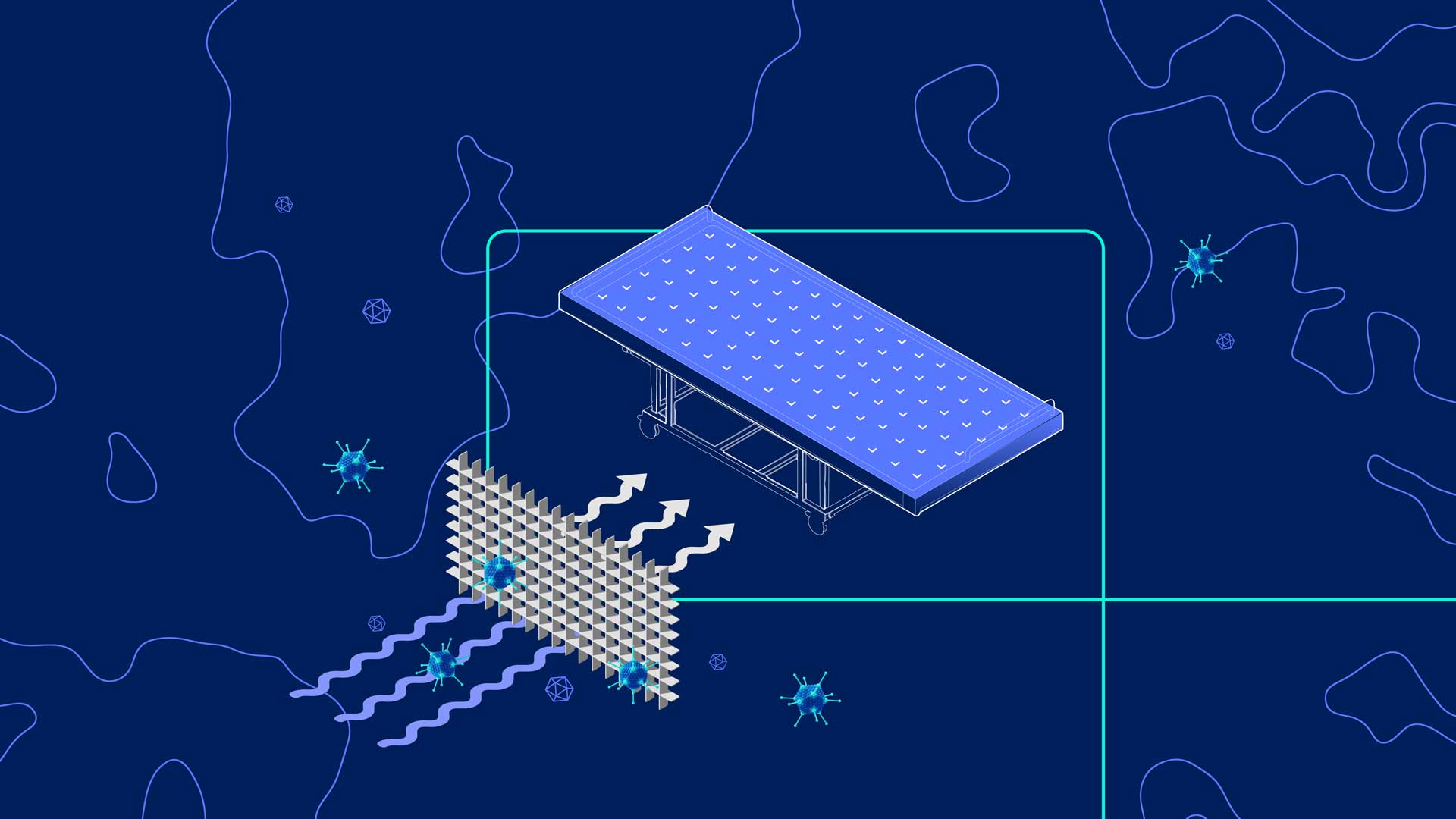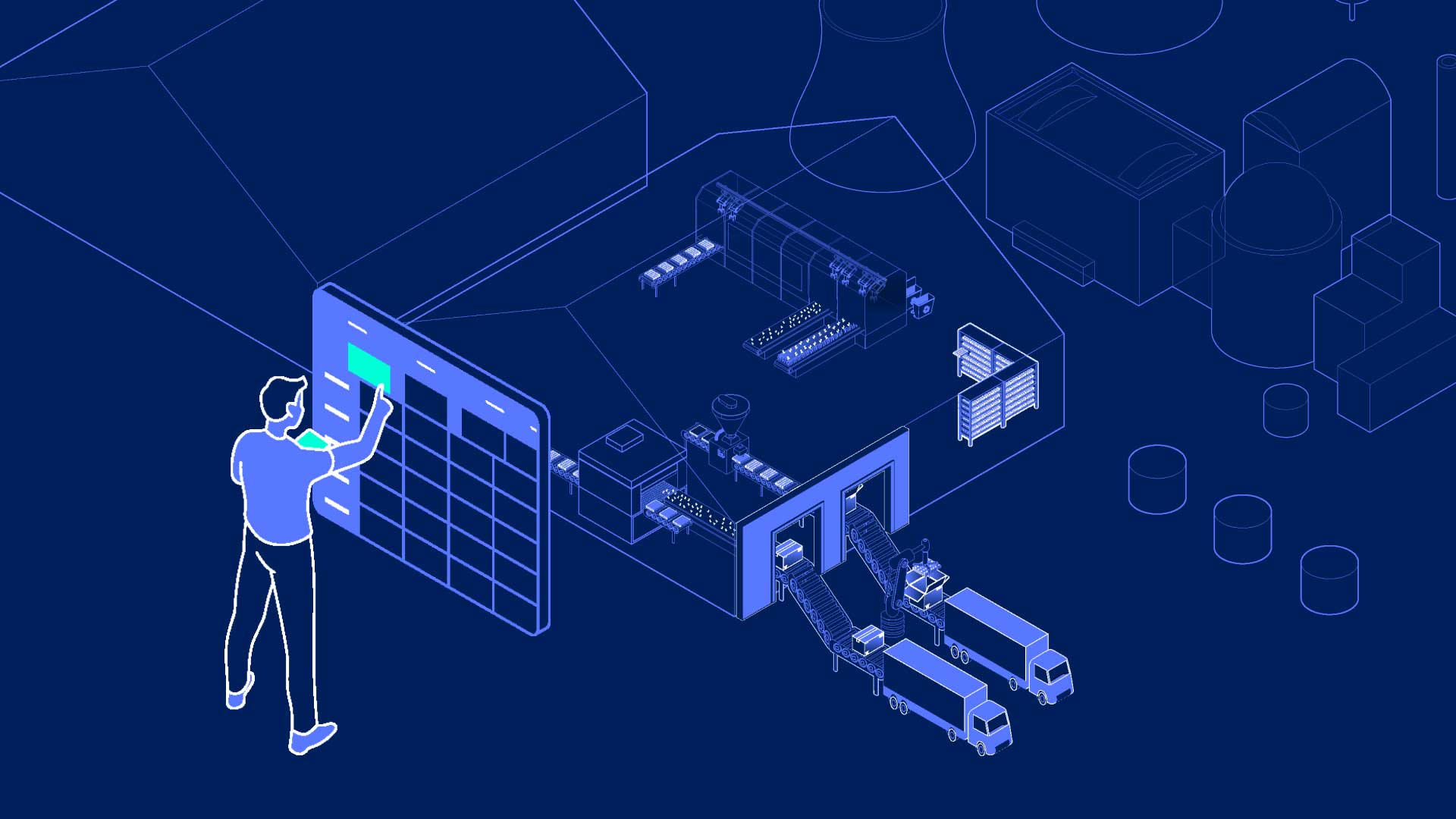Will vertically farmed tree seedlings boost our future forests?
Trees are a vital part of the fight against climate change and the worldwide loss of biodiversity, but the existing processes of growing high-quality tree seedlings is lengthy, and the resulting seedlings don’t often survive when planted outdoors.
In this article, we explore the potential benefits of using vertical farms to grow tree seedlings and how this might support their impact on our future forests.

How does a vertical farm work?
Vertical farming is the technique of growing plants vertically, rather than horizontally along the ground, as traditional agriculture does. This farming system was created to be part of the solution to the global difficulties that humanity is currently facing, such as CO2 emissions from inefficient food supply chains, emissions from transportation miles, water and arable land scarcity.
To put this farming method into perspective, imagine a field divided into six-metre-squared trays, stacked on top of one another, this is an IGS vertical farm. IGS technology delivers the ideal summer day which produces crops that are localised, consistent, and of high quality. This efficient technique works in harmony with traditional agriculture to create a growing environment that provides good yields for a wide range of crops without the need for fungicides, herbicides, or pesticides.

Why is vertical farming good for tree seedlings?
Precise control
Vertical farming systems are a great option for growing tree seedlings as it allows for precise control over growing conditions such as light, temperature, humidity, and nutrient delivery. This can be especially beneficial for young seedlings, which are more susceptible to such environmental stresses.
Increased yields
The forestry industry requires healthy seedlings with a certain size, density and uniformity in order to achieve high-quality plantation and good survival in nurseries.
The controlled environment in the IGS Growth Tower enables the production of seedlings consistently and predictably throughout the nine-month season. The current most common method of seedling production using glasshouses cannot provide consistent and predictable yields due to unpredictable external weather.

Faster growth rates
By optimising growing conditions and nutrient delivery, vertical indoor farming can promote faster growth rates for seedlings. From our trials, some broadleaf tree seedlings were grown six times faster, reaching 50cm height in just 90 days, a height which would usually take up to 18 months to reach on an open-field farm. Our trial also found we can reduce the growth cycle for conifers by 30% in an IGS vertical farm.
This growing method can offer a way for the forestry industry to more tightly control its sources of tree seedlings reducing their reliance on traditional, often inefficient, methods. This collaboration can also help improve the quality and efficiency of tree nurseries.
Carbon offsetting potential
Growing trees is an effective way to offset carbon emissions as they absorb carbon dioxide during photosynthesis and store it as carbon in their biomass. Vertical farming is an optional method for growing tree seedlings to be used for carbon offsetting.
You can produce more tree seedlings in a smaller space, quickly than with traditional growing methods such as in glasshouses. As a result, a vertical indoor farm offers a more efficient and sustainable way to grow trees for carbon offsetting purposes.
Plus, this controlled environment creates a bio secure environment, leading to healthier trees with a reduced risk of disease, making them more resilient to environmental stresses.
What types of tree seedlings can be grown on vertical farms?
A wide variety of tree seedlings can be grown in a vertical farm. Here at IGS, we've had particular success with conifers, like Norway and Sitka spruce, Douglas fir, Lodgepole and Scots pine, and broadleaf varieties, such as oak, alder, aspen, rowan, hazel and birch.
In general, the types of seedlings that can be grown using vertical farms will depend on a variety of factors, including the size and configuration of the growing area, available resources, and the specific needs of the tree species. However, with the right conditions, many different types of trees can be successfully grown in an IGS vertical farm.

Why IGS?
At IGS, we call our vertical farms Growth Towers, which use patented technology around power, control and automation to create a finely tuned growing environment for growing crops and plants 24 hours a day, seven days a week.
IGS expands on Controlled Environment Agriculture (CEA) with Total Controlled Environment Agriculture. CEA is often reactive and produces inconsistent results, instead TCEA offers constant and predictable plant production in any suitable location. TCEA is used in our vertical farms to manage each step of the growth cycle as well as all operational inputs. The software generates optimal 'weather' conditions and manages farm operations including lighting, irrigation, ventilation, nutrient delivery and crop monitoring.

As our vertical farms can be located almost anywhere in the world, including urban environments, and because we recycle around 95% of the water used, they are perfect for climates where water scarcity is challenging. Depending on the crop, the remaining small amount of wastewater is flushed every six months.
Likewise, building our solution at the points of food production, distribution, and consumption (e.g., food processing, supermarkets, and consumers) saves transport miles and increases product shelf life, decreasing food waste.
Our indoor vertical farming solution can be built in multiples, ranging from a single tower to hundreds. This allows large or industrial production to take advantage of economies of scale.
-
Vertical farming has the potential to revolutionise how we grow and nurture our forests. With precise control over growing conditions and nutrient delivery, this method can help young seedlings grow faster and into healthier seedlings, leading to increased yields and more profitable commercial tree nurseries.
At IGS, we're excited to be at the forefront of this innovative technology, and we're looking forward to seeing how it can help us build a more sustainable future. If you want to find out more about how an IGS Growth Tower could help your business, get in touch now.






.jpg)
